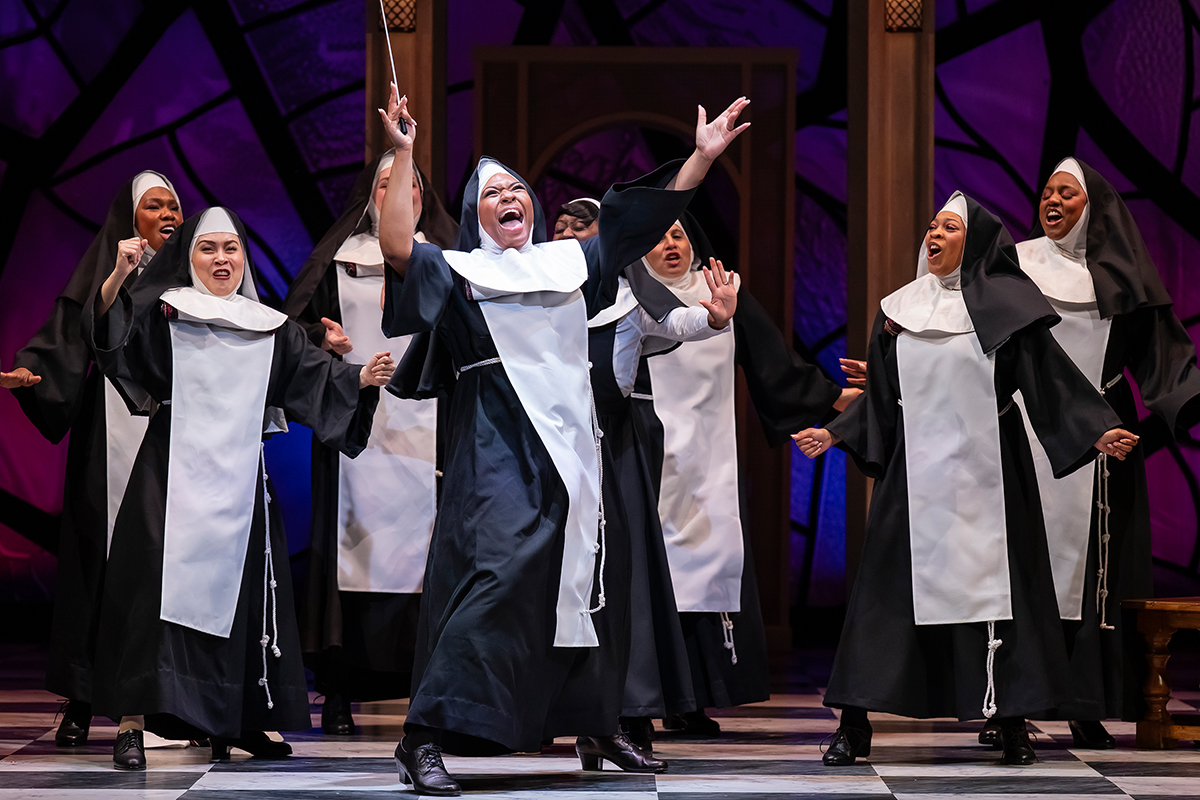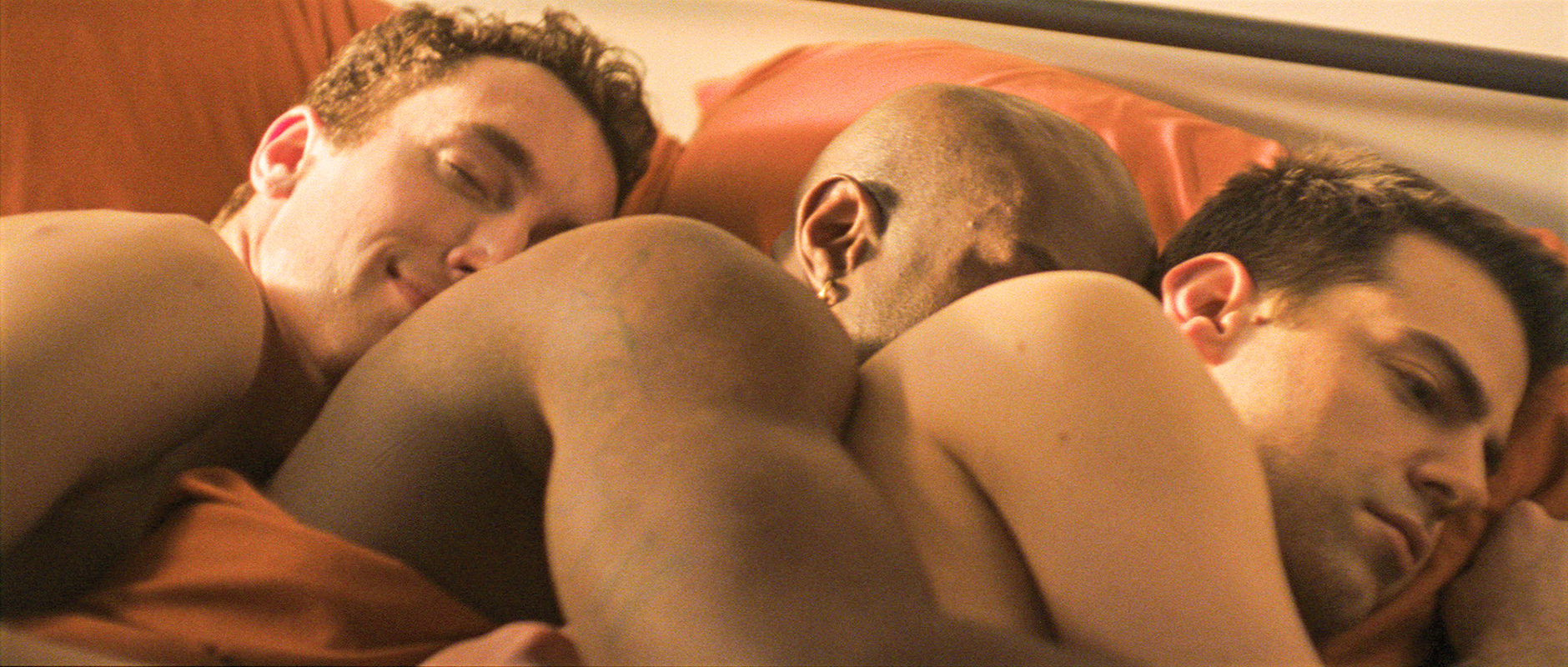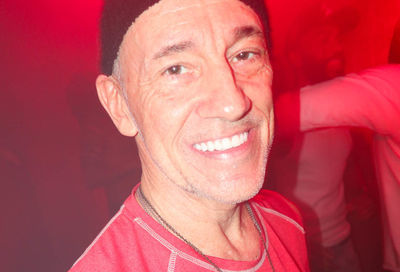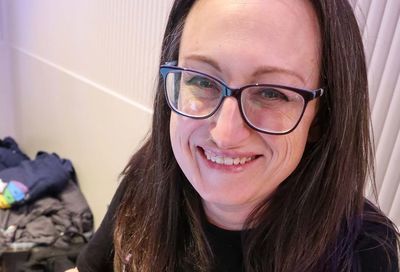‘The Bastard Son’ Review: Teen Witch
Rising well above the norm, The Bastard Son & The Devil Himself is one of Netflix's best queer-adjacent young adult shows.

At first glance, The Bastard Son & The Devil Himself (★★★★★) seems like another Netflix attempt at algorithmic glory. A fantasy, produced in the U.K., about a teenage witch trying to discover his identity seems more or less like typical fare, but by the end of its first season, it turns out to be one of the best teen shows the streamer has ever released.
Adapted from Sally Green’s YA novel Half Bad, the series, from The Lazarus Project and Giri/Haji creator Joe Barton, is the gruesome tale of Nathan Byrne (Jay Lycurgo), who is the illegitimate son of a mass murderer hunted by a rival group of witches.
As he tries to keep his head above the bullying over his family lineage, the warring world Nathan lives in opens up with Annalise (Nadia Parkes), the daughter of his father’s greatest enemy, who becomes his first love. After learning about a prophecy to kill his father, Nathan and Annalise meet Gabriel (the exceptional Emilien Vekemans), a smuggler and fixer, and set out across Europe in an effort to escape their destiny.

Having the “Young Adult” genre attached to the description of a new fantasy show about witches can come with a lot of unwanted baggage. The most famous story about witches in the 21st century has the never-ending curse of the TERF-who-shall-not-be-named constantly holding a shadow over anything about teen witches. The Bastard Son & The Devil Himself, however, soon sets itself apart by being a much gorier and tense experience, with much more queerness and a lot less transphobia.
Not afraid to cover some heavy metaphors, the gist of The Bastard Son boils down to the two warring witch clans, the Fairborns and the Blood Witches, who aren’t afraid to murder each other without a moment’s notice. While the hatred between the two groups is immediately palpable, the show’s dominant themes end up surrounding Nathan’s struggles with the shadow of his father’s violence and the person he will become because of it.
Violence is at the forefront, yet it’s the characters’ central struggle to break their cycle of violence that ends up making the biggest impact. Discrimination is present through the show’s heavy-handed metaphors, but luckily the writing and plot doesn’t end up being preachy, even if it starts off a little wobbly.

Fantasy stories usually begin at a disadvantage, having to catch viewers up on their new world and its rules. Thankfully, The Bastard Son piecemeals its world in deliciously bite-sized ways, often letting its core cast experience the important aspects to elevate the show’s tension. Netflix’s binge model is an advantage here, as perfectly timed cliffhangers at the end of each episode compel you to keep watching. The drama is keenly aware of its pacing, shifting locations and characters enough to keep any major story pieces from getting stale.
The special effects are gruesomely beautiful and scary all at the same time. From chilling invisible murder reenactments to people being flayed in ways that would make Hannibal Lecter proud, there are a lot of wildly violent moments. While not all the choreography of the fight scenes work flawlessly, the blood and magic still end up looking fantastic, even if the characters look fresh out of a Tarantino scene.
There are a lot of points where this YA fantasy could’ve gone off the rails in Riverdale fashion, but its exceptional cast keeps the series exactly where it wants to be. Isobel Jesper Jones as Jessica Byrne, Nathan’s sister and number one hater, and Karen Connell as Ceelia, Nathan’s protective mother figure, are astounding at grounding the narrative, with the latter’s “crisis-of-faith” helping round out themes of identity and the cycle of violence.
Lycurgo and Vekemans are the shining stars of the series. Their relationship, first solely out of necessity, soon blossoms into a heartwarming love story that gives the first season’s latter half the push it needs. Love triangles are far from new, yet the one at the center of The Bastard Son refuses to sacrifice the groundwork necessary to keep the romance authentic, which makes for compelling television. The queer aspect to the show’s love triangle isn’t toiled over incessantly or shown through a self-hating lens, but done naturally through genuine chemistry between the leads.
In the grand scheme of YA fantasy, The Bastard Son & The Devil Himself rises above by knowing when to step on the gas. It has enough camp and melodrama to keep things from becoming a depressing slog, while also telling a meaningfully layered story about identity and violence that sticks with you.
The first season of The Bastard Son & The Devil Himself is now streaming on Netflix. Visit www.netflix.com.
Support Metro Weekly’s Journalism
These are challenging times for news organizations. And yet it’s crucial we stay active and provide vital resources and information to both our local readers and the world. So won’t you please take a moment and consider supporting Metro Weekly with a membership? For as little as $5 a month, you can help ensure Metro Weekly magazine and MetroWeekly.com remain free, viable resources as we provide the best, most diverse, culturally-resonant LGBTQ coverage in both the D.C. region and around the world. Memberships come with exclusive perks and discounts, your own personal digital delivery of each week’s magazine (and an archive), access to our Member's Lounge when it launches this fall, and exclusive members-only items like Metro Weekly Membership Mugs and Tote Bags! Check out all our membership levels here and please join us today!

























You must be logged in to post a comment.